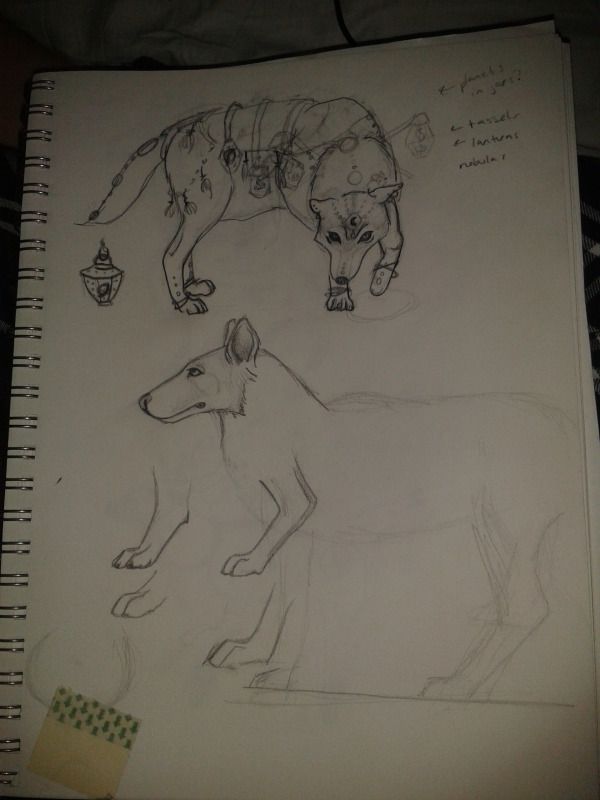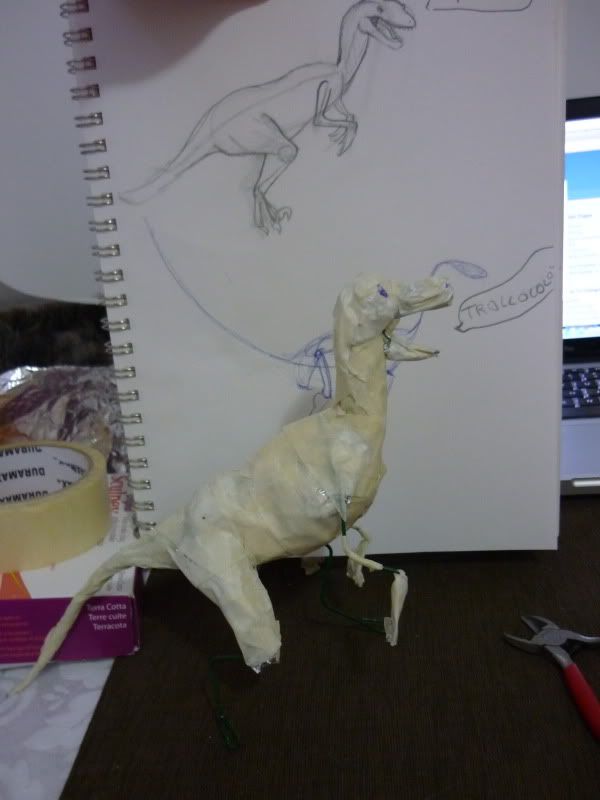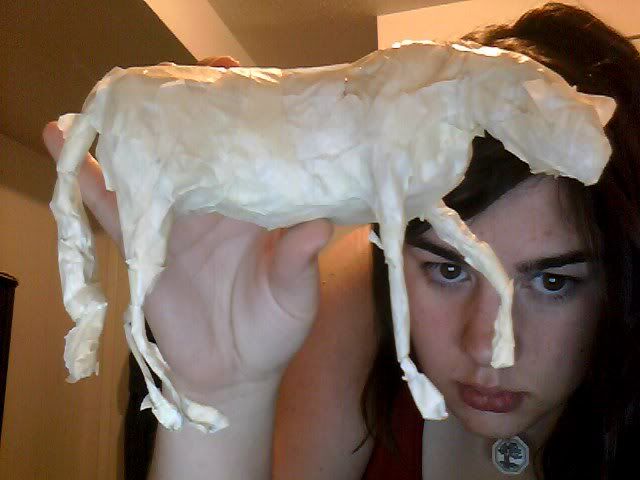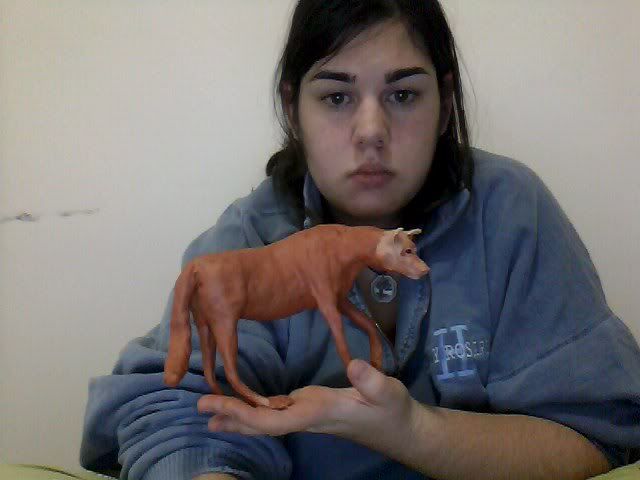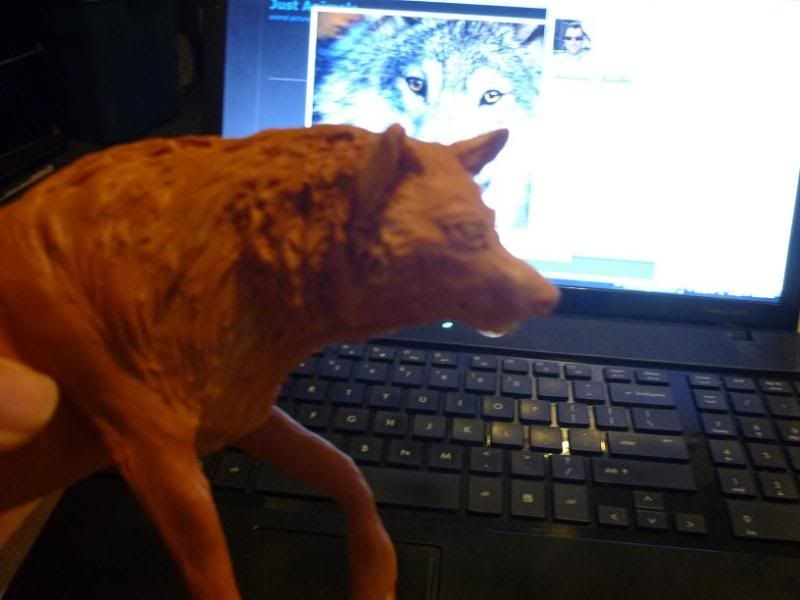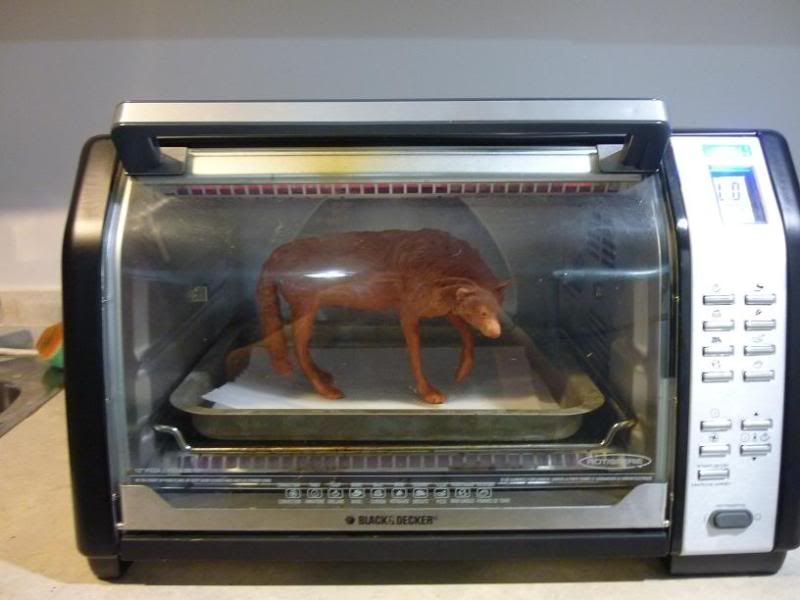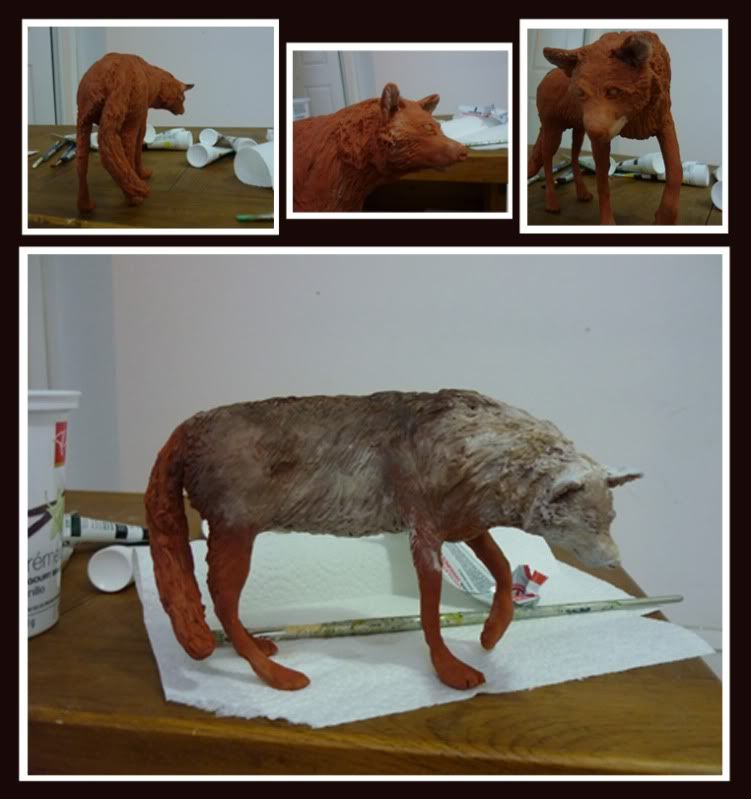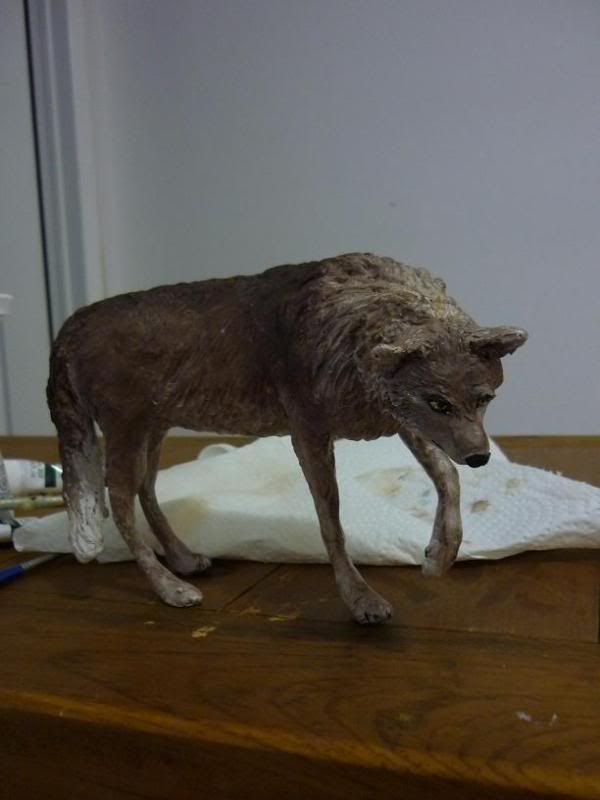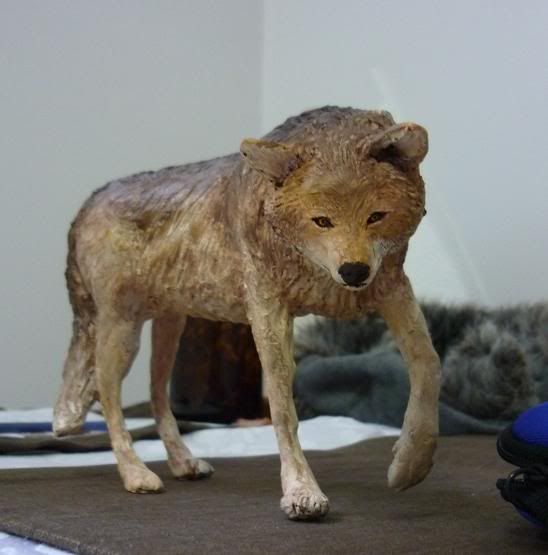A lot of good opportunities come my way through Sheridan’s
glass program, the latest being a charity that has commissioned our studio for
a minimum of 500 snowflakes. A lot of things happened to even get to the ‘start’
of this commission, and during the process of creating these snowflakes a lot
more lessons will be learned as things get hashed out.
Details about the order, cost, timing, etc, were hashed out
between the teachers and the charity, so the starting point for the students was
. . .
1. Designs
We knew that every creation had
to be ‘snowflake’ themed, visually light, light in weight, not clear, and that
they made an exception that icicle ornaments were alright. We had one week
(extended to two) to come up with our own concepts to pitch, some other people’s
designs included blown ornaments, press stamps, flameworked snowflakes,
sandblasting designs, even paper snowflakes inside of a blown ornament!
I went the route of fused glass
snowflakes, despite having no idea how to do that. It was a bit of a mess but
by the second time around I figured out a decently efficient way to nip the
sheet glass, as well as my firing program and I even saw improvements to my
kiln wash. The result? Luckily they were a huge hit! The ladies representing
the charity picked their favourite designs and made some people’s lives easier
by deciding they liked how clear glass looks. After the fact the teacher’s were
kind enough to give us some pointers for the future.
2. Negotiations
I don’t
think a lot of people knew what to ask about when the students had a meeting with
the clients. We let them browse through our pieces, explained how things were
done, answered any questions and tried to think of our own to ask. We were far
too eager when it came to answering and asking questions though, our teacher’s pointed
out that that was a bad thing. When the client was satisfied with a clear
design, we shouldn’t offer color out of the blue (it’s another step for us, it’s
more expensive, and it’s clearly unnecessary). If we have two designs and one
is a lot easier to make than the other, there’s no harm in letting the customer
be satisfied with the easier design, even if, in our minds, we may worry that
we’re limiting the customer and turning them off, but if you ever feel like
that just remember, if something’s not broken, don’t try to fix it until it is!
3. Plan of Action!
So we
grouped ourselves off; blown ornaments, icicles, cut and fused glass, and - fused
snowflakes! Yay, sweet success! A few issues quickly arose though, the first
being that it can be hard to corral a bunch of people, even just four or three,
into meeting together at the same time. This delays things a lot, which is bad,
so follow my advice and forcibly make plans as fast as you possibly can!
I also wrote
out designs and sizes of snowflake components, because, well, that is a wee bit
important. After our first load we discovered that an estimate of fitting 25
snowflakes into the large Italian kiln at once was, lucky us, a little too low!
We snuck in 35 snowflakes at one time, so with better placement we can probably
fit in a few more! At $3.00 a piece – yes that’s the student’s profits for this
commission – Chris and I pulled about $24.00 an hour setting up the first kiln.
4. Quality
I think the
first set of snowflakes turned out great, and only one snowflake didn’t fuse
properly! Still, I think the quality of these snowflakes isn’t too great in
comparison to the first ones that were made. I care a lot about quality and so
I paid a lot of attention to the cutting of the flakes, making sure that all
strips are ¼ inch thick. The only issue my flakes have are with little points
that for some reason don’t get smoothed over during the firing. The pieces used
in this firing ranged from just under a quarter inch up to a half inch, and
some chunks were even larger than that. The time that went into making sure the
small pieces went with the small pieces, etc, was a bit of a waste, but live
and learn, right?
And that
there is about all I’ve thought to share with you folks of the internet. Like
always, I’ll try to edit in some more photos later, but despite how proud I am
of these pieces I’ve made, it’s funny how I’ve never gotten around to taking
pictures of them.
5. Why?
Ah one last thing, this whole post was important to make because in the future I would like to be very closely tied with charities whenever possible. I have no problem selling pieces off at a low profit so that they can be auctioned off at charities, in fact I think it's a great way to help people. After all, no one trusts donating money to charities anymore, right? You never know where it will go, or how much of the not-for-profit profit goes into salaries. At least in a trade off of a commission I can feel good that I attempted to help out for a fair trade and that someone who wants to help out through a donation of money can recieve and enjoy my art in return. That way, even if the charity is crooked and only 2% of the money earned goes to the charity it's intended for, both myself and one other person will actually get something out of it.
Actually, this really goes a lot farther than that. I have big, big, idealistic plans for ways to directly help people out when I'm an established artist, because just because I don't know which charities to trust doesn't mean I shouldn't do anything. I have a feeling that my ideas would crack my parent's heads right in two, as they're aleady so concerned with the near future and the debt from going to school. I'd let a few strangers on the internet in on my great secrets, but I can't have one of you putting the plan into action before me, now can I?





























